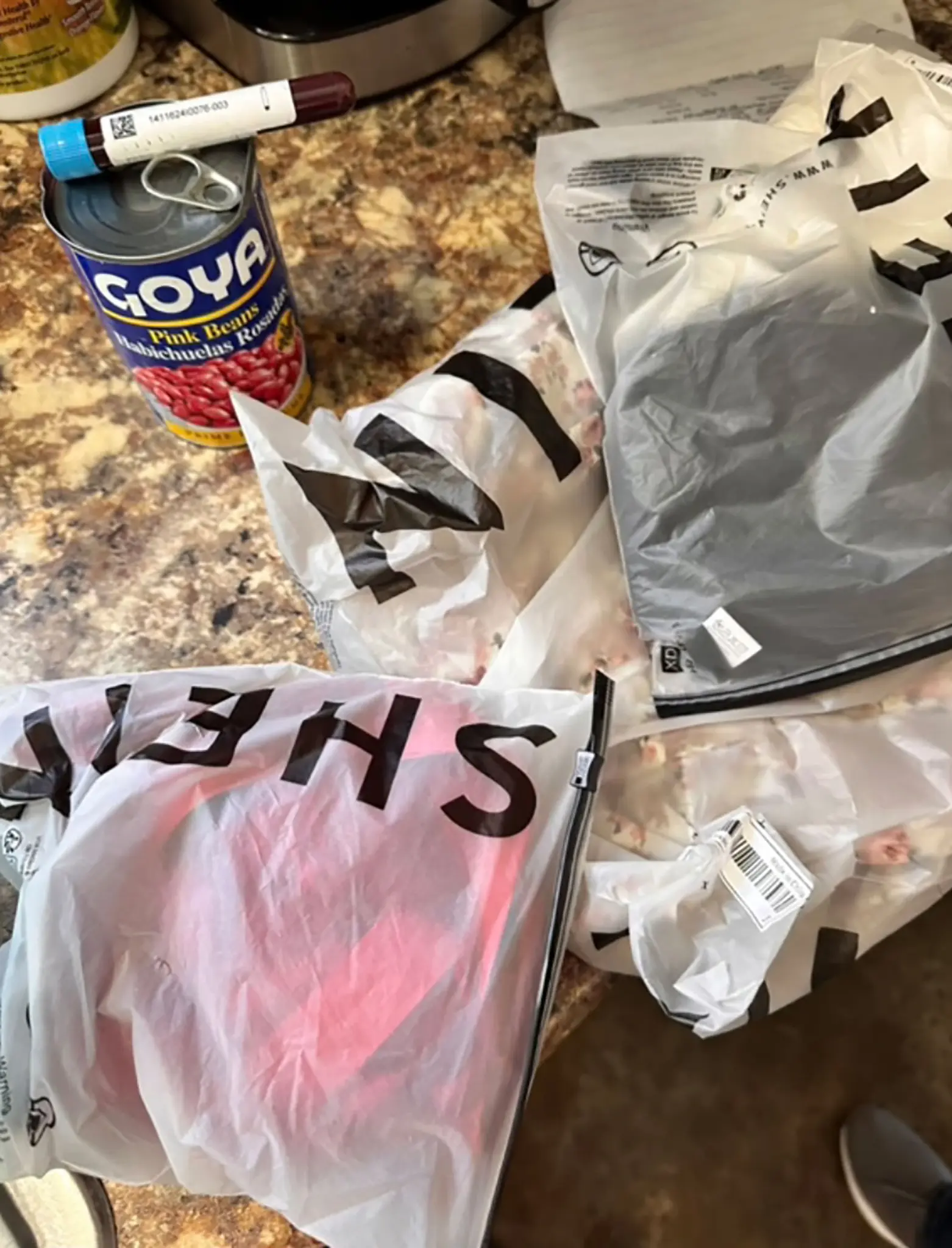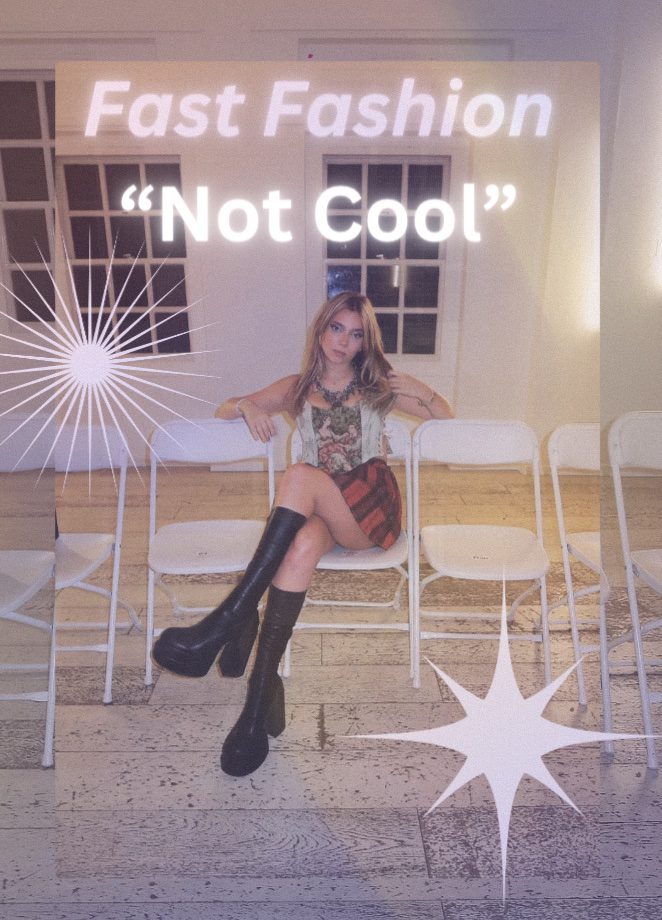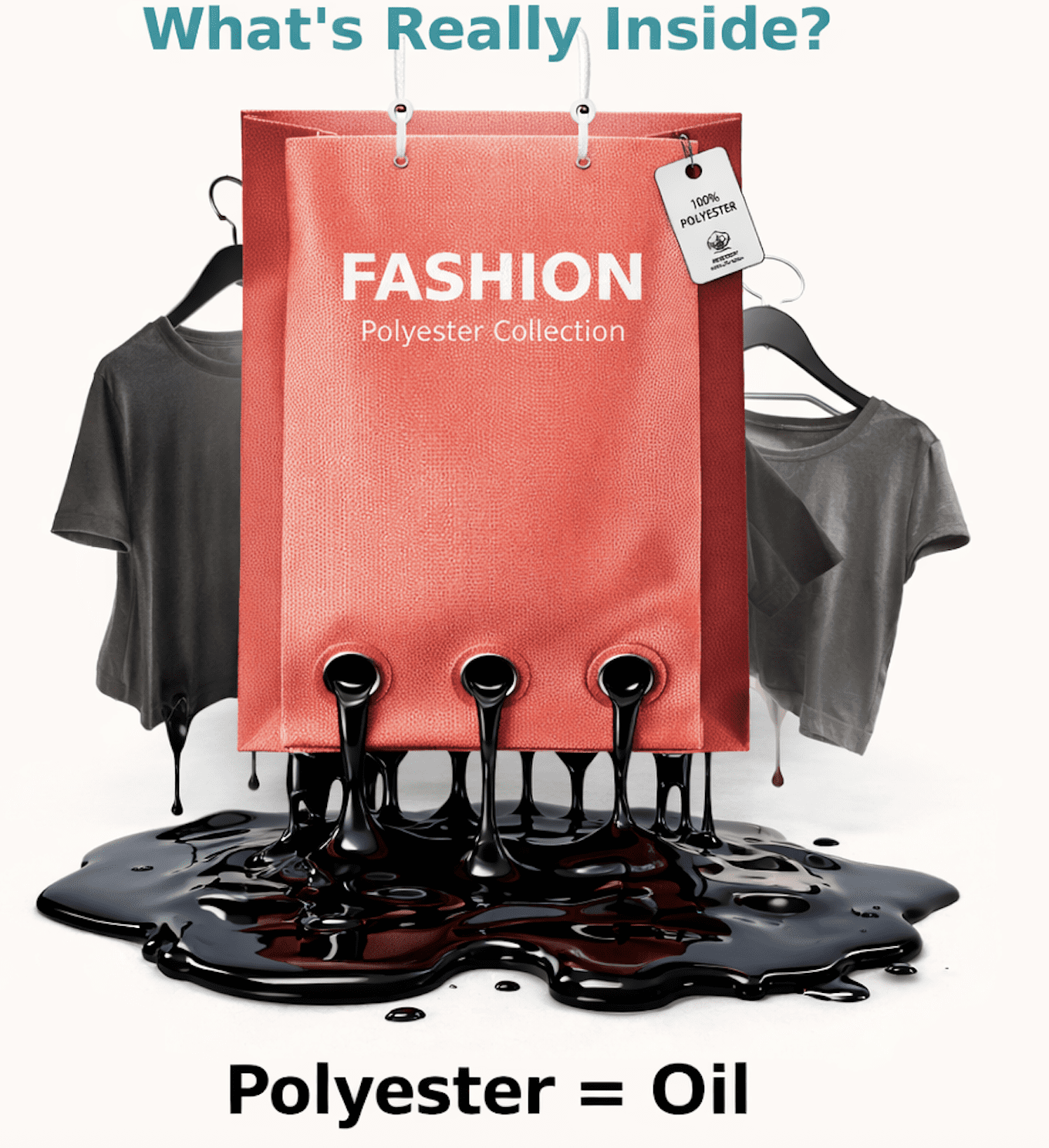Admitting you have a problem is the first step. I am a bit of a shopaholic. Guilty!
And yes I was super guilty of supporting fast fashion by shopping at places like H&M, Zaful, & Shein, just to name a few of the offenders. It all started when I was young at Justice, remember that store?
In my defense, I was clueless. Of course, in the court of law, ignorance of a law is no excuse and doesn’t mean you aren’t “guilty”.

Thank goodness, I’m just exposing myself in the court of public opinion. There is no high price to pay other than me not doing my part to protect the environment now that I know.
My Journey to Sustainability
So, I’m on a road trip to fashion sustainability and let me tell you it’s about as easy as dieting. You can commit to sustainability, just as you commit to being on a Keto or Vegan diet. But anyone who has ever been on a diet and says they haven’t cheated, is likely not being 100% honest.
Many times, I think I’m doing all the right things to be a more responsible eco-friendly shopper and then I learn something new that makes me realize I’ve got more to learn. Or, let’s be real, just like Pringles and Oreo cookies are calling my name making it hard for me not to cheat on my diet, those super on trend, and inexpensive clothing stores are also tempting me.
Some Ugly Facts about Our Beloved Fashion Industry
Not only is it hard for me to become sustainable, it’s hard for brands to become sustainable. It takes a lot of research, hard work and a real financial commitment.
But review these UGLY FACTS, according to Remake, a global fashion movement working toward sustainability and see if this doesn’t make you want to rethink your shopping habits.

- It takes approximately 450 liters of water to make 1 t-shirt. That’s more than 2 years worth of drinking water for one person.
- Clothes with non-biodegradable fabrics, which is most of the clothing you own, will sit in landfills for up to 200 years. Longer if they’re plastic.
- The global fashion industry is worth approximately $2.5 trillion. The top eight global fashion companies all made over a billion dollars in profit in a year.
- Most managers are men who hire women to work with a widespread belief that women are more docile and work longer hours for little pay.
- Approximately 82 million metric tons of greenhouse gas (GHG) emissions come from textiles and leather.
- Ethiopian garment workers earn a base wage of $26 a month. The minimum monthly living wage in Ethiopia is about $110.
Eco Offenders in Fashion (According to Remake)
- Urban Outfitters
- Supreme
- Boohoo
- Forever 21
- Zara
- H&M
- Uniqlo
- Missguided
- Everlane
- Allbirds
Oy! Urban Outfitters was one of my favorite stores when I was in high school. I also shopped at Forever 21, H&M and occasionally Zara.
Steps to Becoming a Sustainable Savvy Shopper
Noticed I said “becoming”. This is a journey that you as a shopper have decided to take and many of the brands we love are on the same journey, whether they do it voluntarily or they are being pressured from consumers and organizations.

So let’s admit this is hard, it takes commitment and it can be more expensive sometimes. I say this because if you decide this is important to you, make realistic goals and forgive yourself when you fail. Educate yourself and others and try to help each other be accountable.
1. Thrift:
This is my favorite and by far the most sustainable choice you can make when shopping for clothing. If you follow me on Instagram (@LexySilverstein), you’ll see when I post my outfits of the week, my goal is that 40%-50% of my fits are usually thrifted or bought on Depop or borrowed.
2. Borrow:
Did you know that 26% of the discarded clothing was thrown away because people just didn’t want them any longer? Just because you are sick of your clothes doesn’t mean someone else doesn’t want them. Clothing swaps are a fun way to help the environment, get rid of unwanted clothing and enhance your own wardrobe sustainably.
3. Invest in Quality:
Buy quality over quantity. Save your money, invest in quality clothing, accessories, etc. Things used to be built to last whether it be televisions, furniture, handbags, clothing, you name it. Now things are manufactured inexpensively so people can obtain more, faster but they aren’t built to last. So while designer brands like Louis Vuitton don’t have the best sustainable rating, it’s still more sustainable because it’s built to last. For example, I have my grandmother’s designer jewelry, which I will then pass down to my children who will then pass it down to theirs, and so on.
4. Upcycle Your Clothing:
Buy quality clothing so it’ll last and then even if you do get tired of it, you can either alter or upcycle it to transform it into something else. Give it a new life. I had a pair of palazzo pants that were made with this quality fabric with a unique floral print. I didn’t like the pants anymore but I loved the fabric so I transformed the pants into a matching skirt and halter top set.
5. Shop Sustainable Products:
Whether it’s Stella McCartney or Patagonia, more brands are making serious efforts to be a part of the solution rather than the problem. Remake has a list of brands that are sustainable, they also have a portal where you can search your favorite brands and find out how sustainable they are.
6. Do NOT Support Fast Fashion:
The other great way to promote sustainability is to make it less profitable to manufacture products that are harmful to our environment. Fast fashion companies will keep manufacturing irresponsibly if people keep buying their products. There are certain stores that you should identify as unacceptable to support. So while in the past, whether recent or back in middle school, I may have shopped at stores like SHEIN, I have vowed to never shop there again.
7. Buy Local:
97% of the clothing in the United States has been imported. When you buy that cheap t-shirt online, you need to know that you are most likely supporting bad working conditions for the people who made that shirt – low wages and a potentially dangerous working environment. So buy American-made if you can.
Also, there have been many studies comparing which is better on the environment, buying online or at brick and mortar stores. Although studies have supported both, the more recent studies have shown buying at local stores is a more eco-friendly decision.
If you have any questions, please contact me at LexySilverstein@gmail.com.
Follow me on my socials:
Instagram: @lexysilverstein
Youtube: Lexy Silverstein
Twitter: @eLEXYfy
TikTok: @lexysilverstein
Facebook: Lexy Silverstein










